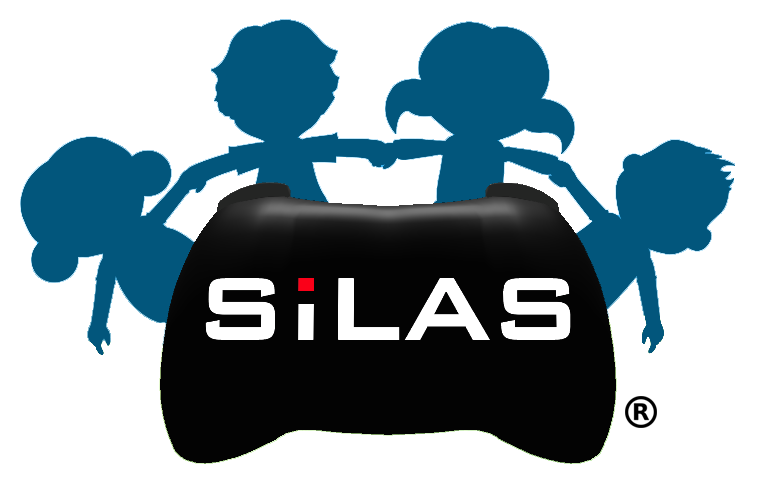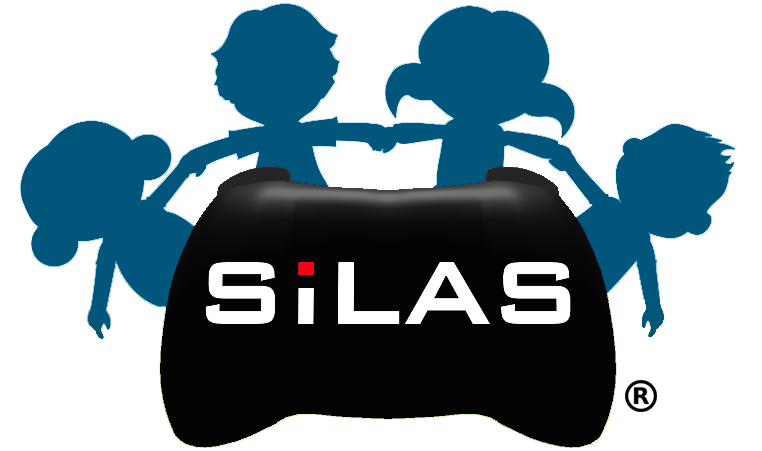At SiLAS, we know how talented and passionate our users are. That is why we wanted to start a new feature where we spotlight these educators and how they’re using SiLAS to improve student learning!
Our first user spotlight is Dr. Julie Bassi. Dr. Bassi is the school Psychologist at Bow Elementary School in Bow, New Hampshire. Among the many hats she wears, Dr. Bassi is responsible for teaching guidance classes. There she teaches her students how to have conversations with each other, even when they seem not to be getting along that well.
Here are 6 questions with Dr. Bassi:
What were your first thoughts after seeing SiLAS?
I thought my students would love it. I thought my students would have a blast playing around with it, and I thought that it would be a great new medium to practice teaching kids how to listen to each other and speak to each other in meaningful ways.
What are your goals for your students growth? How does SiLAS help?
I would like all my students to practice letting other people know how they feel about issues, and practice listening to what other people have to say. SILAS helps by setting up a medium where kids can practice having conversations in ways that are not immediately entrenched in their feelings, but they can rehearse events and situations that may have happened in the past and may happen again in the future, and they can become better listeners and more compassionate toward one another – promoting learning and growth in all areas.
What do your students think about SiLAS?
I think they enjoy the process approach to learning about communicating, with a finished product at the end to showcase their work. I think they get a kick out of hearing their own voices, though they often report that “it doesn’t sound like me!” I think they like playing with the game controller, but in a way that facilitates learning with a clear purpose of learning to work together to solve problems.
What is your favorite SiLAS story?
We created a social animation where two girls are fighting in art class, and one student drew on the other student’s art project, and she says, “I’m so mad at you; it was my perfectest picture ever!” I didn’t know that we could go beyond perfect, but I guess we can! I also got a kick out of working with two fourth grade boys who mastered the “eye rolling” when they didn’t like what the other character had to say. I also laugh when they try to walk off the set and sometimes ram into each other.
What do you think other teachers should know about SiLAS?
Not only are we practicing SEL, kids are also practicing reading fluency, writing fluency, and pulling off a lot at once when they bring their social scripts to life. There is a collaboration in place when kids work together to record their pieces, and academic instruction is a big part of the mix.
Whats next for you and your students?
We are taking a bunch of videos and showcasing them for an “Ignite the Night” parent night. Basically, we will invite kids and parents to a 45 minute showcase, giving the kids an opportunity to show their “film” and to answer questions (in a public microphone setting) about the experience of writing the scripts, thinking about topics that tend to invite controversy, and working through those issues in constructive ways with SILAS characters. We call the practice “guidance gig,” but essentially it’s a way that we can teach kids to let others know how they feel and why, and we teach them that when other kids share feelings like that, it’s their job to listen, repeat back to clarify, and make amends if needed. Also, there’s always a plan for next time. SILAS can help us teach and reinforce this practice.
Congratulations to Dr. Blassi for being our first SiLAS Spotlight! She and her students are so impressive. We can’t wait to see what they come up with next!
Stay tuned!

